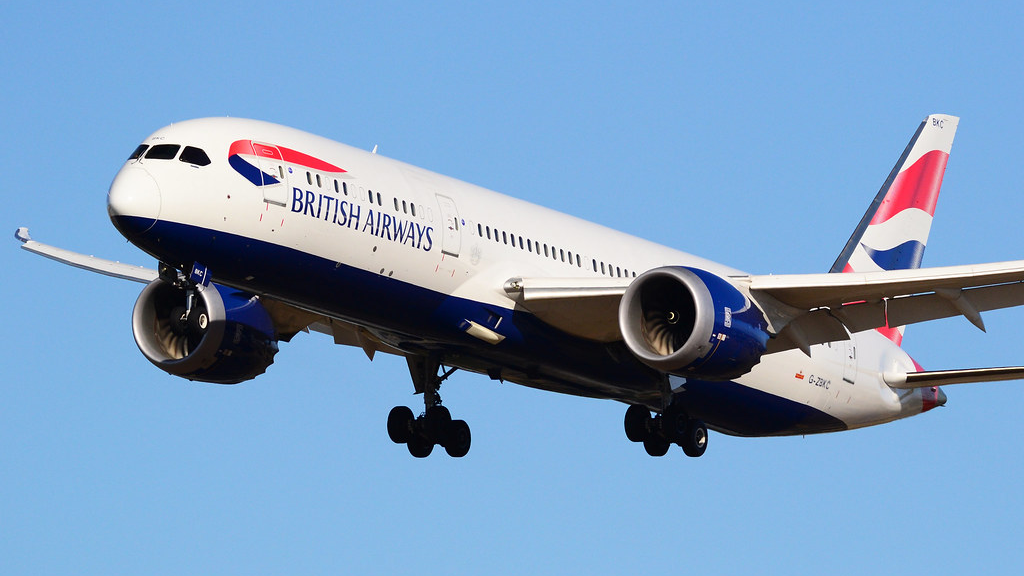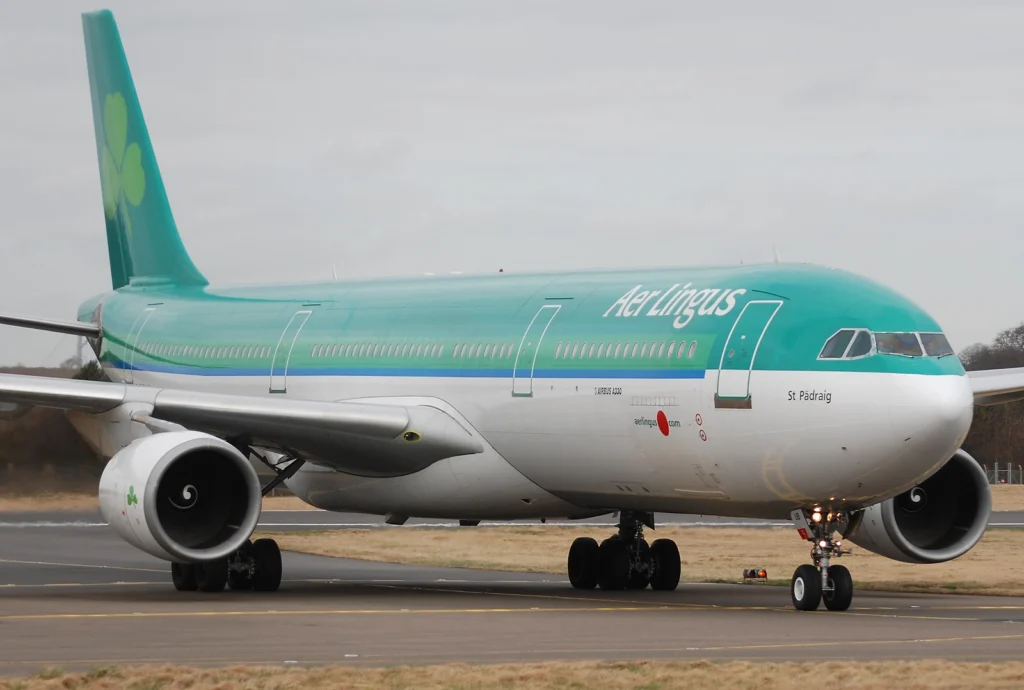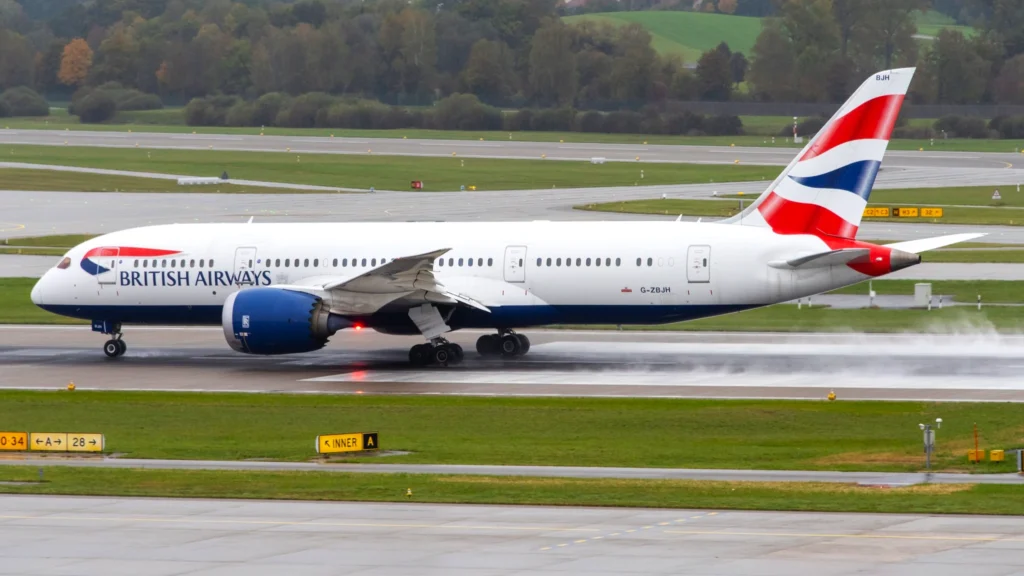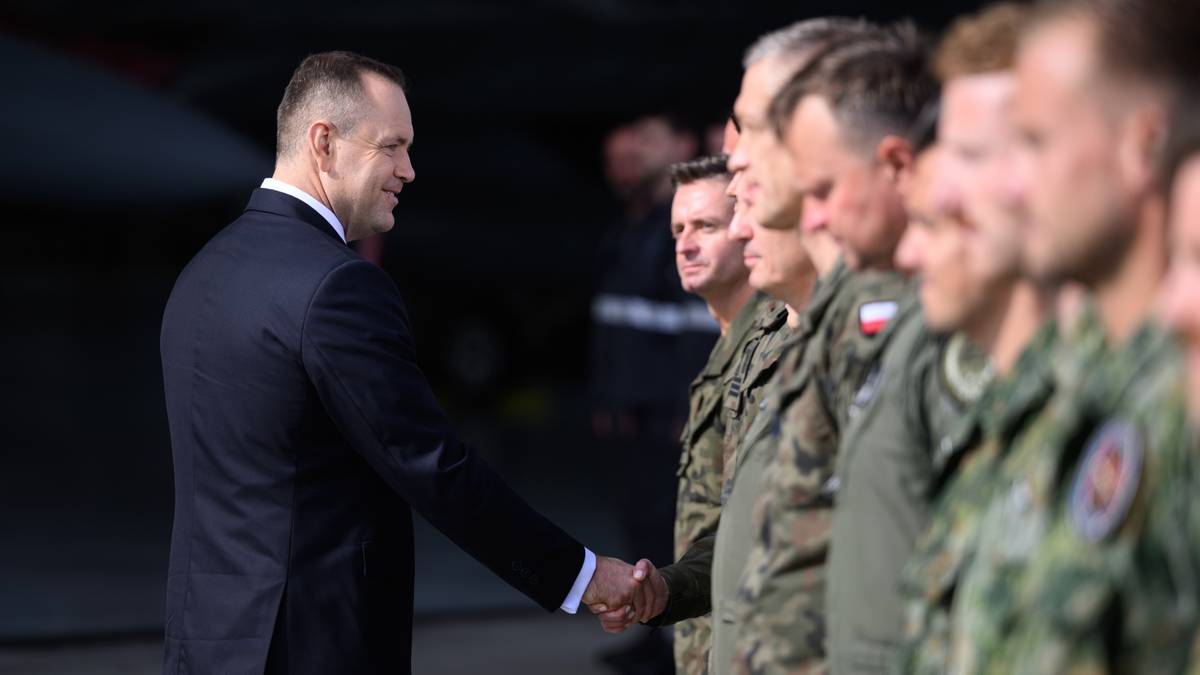
LONDON- International Airlines Group (IAG), the parent company of British Airways (BA), has finalized a $13 billion deal to acquire 32 Boeing 787-10 aircraft, with an option for 10 more, while also securing 21 Airbus A330-900neo aircraft for $8 billion.
This strategic move, reported by The Guardian, enhances IAG’s fleet modernization and aligns with a recent US-UK trade agreement reducing tariffs on aerospace components.
The order strengthens IAG’s key airline brands, including British Airways (BA), Iberia (IB), Aer Lingus (EI), and Vueling (VY), amid resilient demand for premium travel despite economic uncertainties.
 Photo: Ian Abbott | Flickr
Photo: Ian Abbott | FlickrIAG Signs Boeing and Airbus Orders
International Airlines Group (IAG) has committed to a transformative fleet upgrade with a combined $21 billion investment in Boeing and Airbus aircraft.
The $13 billion Boeing deal includes 32 Boeing 787-10 aircraft, each with a list price of $397 million, though IAG negotiated a substantial discount.
These aircraft, powered by General Electric engines, will primarily serve British Airways (BA), bolstering its long-haul capabilities. An option to purchase 10 additional Boeing planes provides flexibility for future growth.
Additionally, IAG secured 21 Airbus A330-900neo aircraft for $8 billion, with a list price of $374 million per plane and a similar discount.
These aircraft, equipped with Rolls-Royce engines, will support operations for Iberia (IB) and Aer Lingus (EI), with an option to order 13 more.
The timing of the announcement aligns with a U.S. decision to eliminate tariffs on Rolls-Royce engines, which boosted IAG’s share price by nearly 4% on Thursday.
Luis Gallego, IAG’s CEO, emphasized the deal’s role in the company’s transformation strategy, stating, “This order marks another milestone in strengthening our airline brands and enhancing our customer proposition.”
The newly ordered aircraft support IAG’s strategy to reduce emissions, lower unit costs, and improve route flexibility across transatlantic and other long-haul markets. British Airways, Iberia, and Aer Lingus will be the primary operators of these new widebody jets.
 Photo: By scott wright – originally posted to Flickr as ei-dub, CC BY 2.0, https://commons.wikimedia.org/w/index.php?curid=7757844
Photo: By scott wright – originally posted to Flickr as ei-dub, CC BY 2.0, https://commons.wikimedia.org/w/index.php?curid=7757844Financial Performance and Market Trends
In the first quarter, the company reported a 9.6% revenue increase to €7 billion ($7.4 billion) and an operating profit of €198 million, up €130 million from the previous year.
Despite recent weakness in economy ticket sales from US travelers, strong demand for premium cabins has helped sustain overall profitability.
The US-UK trade agreement, finalized a day before the announcement, removed tariffs on aerospace components, including Rolls-Royce engines used in the Airbus aircraft.
While the Boeing planes’ General Electric engines were unaffected by potential tariffs, the trade deal enhances the cost-effectiveness of IAG’s broader fleet strategy.
According to Aarin Chiekrie, an analyst at Hargreaves Lansdown, “With 80% of flights for the second quarter already booked, the outlook is brighter than many expected.”
IAG’s share price remained stable in early trading on Friday, reflecting investor confidence in the company’s strategic direction despite pressures on consumer incomes. The tariff relief and strong booking trends further bolster IAG’s position in a competitive industry.
 Photo: Aero Icarus | Flickr
Photo: Aero Icarus | FlickrFuture Outlook
IAG’s focus on premium cabins aligns with industry trends, as business and first-class travelers drive revenue growth.
Gallego’s optimism about resilient demand, particularly in key markets like London (LHR), Madrid (MAD), and Dublin (DUB), suggests that IAG is well-positioned for 2025 and beyond.
The tariff relief secured through the US-UK trade deal could set a precedent for further aerospace collaborations, potentially benefiting IAG’s cost structure.
With a robust booking pipeline and strategic fleet enhancements, IAG aims to maintain its competitive edge in the global airline industry.
Stay tuned with us. Further, follow us on social media for the latest updates.
Join us on Telegram Group for the Latest Aviation Updates. Subsequently, follow us on Google News
The post IAG Signs Boeing and Airbus Orders Worth Over $21 Billion appeared first on Aviation A2Z.
















